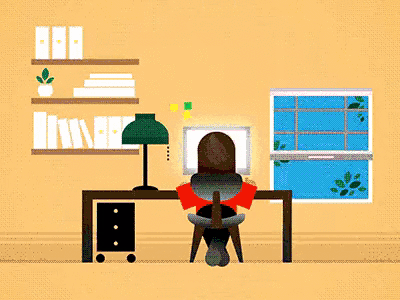The Role of Sustainable Design in Modern Architecture
Imagine entering a building that greets you with comfortable natural light, a soothing movement of air, and materials that resonate with the earth. Not only is it an aesthetic treat, but it causes you to relax, feel healthy, and at peace with nature. This is the beauty of sustainable design in contemporary architecture.
From Aesthetic to Responsibility
For many years, architecture was motivated by looks, novelty, or practicality. Buildings went higher, facades became slicker, and cities became more congested. But in the process, architects came to understand that the places we build are not independent of the world—They belong to it. Each decision on material, design, and energy consumption can heal or further tax the environment.
Sustainable design is all about looking beyond the building. It is about looking forward to the long term, being in harmony with nature, and designing spaces that benefit mankind and the earth.
Learning from Nature
Contemporary architecture takes more cues from nature. Trees purify the air, rivers take their own course, and sunlight moves softly along surfaces throughout the day. Those patterns are reflected in designs that are not fixed but fluid, not wasteful but restorative.
Consider, for instance, buildings that are made with big windows that let in natural light and diminish the demand for artificial lighting. Or buildings that utilize airy materials that control temperature without heavy dependence on air conditioning. These are choices that make the building more energy efficient, in addition to making the individuals in it feel more in touch with the world around them.
The Power of Small Choices
Sustainable design is not only about making big gestures. At other times, it's the little things that make the big difference. Recycling materials, cutting down on water use, or incorporating rooftop gardens can make a huge difference. It is about instilling conscious behaviour in day-to-day designs.
For the students of architecture schools such as Thakur, this attitude promotes experimentation. How do you use local materials? How do you design spaces that adapt to the seasonal changes? How do you design spaces that promote social interaction yet provide privacy? These are questions that sustainable architecture calls upon you to ponder.
Designing for Well-being
A green building is one that supports the health of those who occupy it. Contemporary studies indicate that exposure to natural light, greenery, and well-ventilated spaces enhances mental well-being and efficiency. Designers now consider how buildings affect people as much as how they operate.
Sustainable design not only benefits the environment—it improves the human condition. It makes spaces feel spacious, relaxed, and connected to nature, which reduces stress, boosts creativity, and creates a sense of belonging. For architecture students, this is a chance to create designs that are both aesthetically pleasing and meaningful.
A Vision for the Future
The use of sustainable design is more critical today than ever before. Global climate change, depletion of resources, and urban congestion are problems that need careful solutions. Architects are no longer merely designers of lovely places—they are problem solvers for the future of the world.
As next-generation architects, it is in your hands to lead this transformation. Your designs can redefine the way communities reside, work, and interact with the planet. With sustainable approaches, you can design spaces that are timeless and serve succeeding generations.
Conclusion:
Sustainable design is neither a fad nor a requirement, nor is it a burden, but an opportunity. It challenges architects to merge creativity with stewardship, innovation with integrity, and beauty with balance. At institutions such as Thakur, students are being taught to imagine architecture neither as buildings nor as mere structures but as ecosystems that give rise to life.
The buildings you create today will determine the world of tomorrow. By designing sustainably, you are not just creating more structures—you are creating hope, harmony, and a healthier world.




Comments
Post a Comment